
Don’t Eat Tofu Right After You Buy It—Freeze It First for a Magical Effect

Tofu — humble, nutritious, and incredibly versatile — is a staple in countless kitchens around the world. Whether you prefer it crispy-fried, braised in savory sauces, or stuffed and simmered, this soy-based ingredient manages to satisfy even the most demanding palates.
But here’s a little-known secret: tofu actually gets better when you freeze it.
At first, it might sound strange — after all, who freezes tofu on purpose? Yet this simple trick doesn’t just extend tofu’s shelf life; it completely changes its texture, flavor absorption, and even its nutritional benefits. Once you try frozen tofu, you might never go back to the fresh version again.
A Happy Kitchen Accident That Changed Everything
The discovery that frozen tofu tastes better wasn’t made in a lab — it started with a home cook’s lucky mistake.
“I accidentally put my tofu in the freezer instead of the fridge,” one woman shared online. “When I found it the next day, I thought it was ruined. But I decided to fry it anyway, and to my surprise, it came out crispy on the outside and soft inside — even better than usual! My husband thought I’d found a brand-new recipe.”
The post went viral — and for good reason. It turns out that freezing tofu alters its molecular structure, creating a sponge-like texture that soaks up sauces and marinades beautifully while staying firm during cooking.
In Japan, this technique is known as Koya Dofu, and in China, it’s called Dong Doufu — both traditional ways of preserving and enriching tofu for centuries.
1. Health Benefits of Frozen Tofu
🧠 Promotes Better Digestion and Fat Metabolism
When tofu freezes, tiny ice crystals form and melt, leaving behind a porous, honeycomb-like structure. This new texture acts almost like dietary fiber, supporting better digestion and helping your body process fats more efficiently.
Frozen tofu is especially beneficial for those looking to maintain gut health or improve metabolism — it’s lighter on the stomach and easier to digest.
⚖️ Supports Weight Management
The spongey texture of frozen tofu means it absorbs less oil during cooking. So your favorite tofu stir-fry or stew will have the same satisfying flavor — but with fewer calories and less fat. This makes it an excellent choice for anyone watching their weight or aiming to eat cleaner without giving up flavor.
🥦 Helps Retain Nutrients
Because fresh tofu is high in water, some nutrients can leach out during storage or cooking. Freezing helps lock in vitamins, minerals, and amino acids, preserving its nutritional value for longer. That means your tofu remains nutrient-rich, even after being thawed and reheated.
💪 Easier Nutrient Absorption
After thawing, the tofu’s airy texture allows digestive enzymes to access nutrients more efficiently. That’s why frozen tofu is considered more bioavailable — your body can absorb and use its protein, calcium, and iron more effectively than from fresh tofu.
2. The Everyday Health Power of Tofu
Even without freezing, tofu is one of the most complete plant-based foods available. It’s:
-
A rich source of plant protein, ideal for vegetarians and vegans.
-
Packed with calcium and magnesium, which strengthen bones.
-
Low in cholesterol and supportive of heart health.
-
Associated with reduced risk of certain cancers due to its isoflavones.
-
Naturally rich in omega-3 fatty acids and dietary fiber.
-
Known to balance hormones and support women’s health, especially during menopause.
-
Linked to relief from endometriosis symptoms thanks to its gentle phytoestrogen content.
Freezing tofu enhances these benefits by improving digestion and nutrient uptake — a win-win for both taste and health.
3. How to Make Frozen Tofu at Home

Creating frozen tofu is easy and requires no special tools. Here’s how to do it:
Step 1: Drain and Cut
Pat the tofu dry and remove excess moisture. Cut it into your desired size — cubes, slices, or even slabs, depending on how you plan to use it later.
Step 2: Freeze
Place the pieces in an airtight container or zip bag, then freeze for at least 8 hours or overnight.
Step 3: Thaw
When ready to cook, thaw the tofu by soaking it in warm water for 10–15 minutes or letting it defrost slowly in the refrigerator.
Step 4: Press and Cook
Gently squeeze out the extra water using your hands or paper towels. Then marinate, season, and cook as usual. The tofu will now have a chewier, meatier texture and will hold up beautifully in soups, stews, and stir-fries.
Try it in spicy tofu stew, mapo tofu, or a mixed vegetable stir-fry — the difference in texture and flavor absorption is remarkable.
4. A Note on Moderation
Tofu is one of the healthiest foods you can eat, but moderation is key. Overconsumption may interfere with mineral absorption due to its natural phytate content. Nutrition experts recommend around 100 grams (about half a block) per day as part of a balanced diet.
Pair your tofu with a variety of vegetables, whole grains, and lean proteins for optimal nutrition and sustained energy.
🧊 In Summary: The Frozen Tofu Advantage
Freezing tofu might sound like a kitchen mishap, but it’s actually a clever cooking hack that enhances both taste and nutrition. The process:
-
Extends shelf life
-
Improves texture and chewiness
-
Helps retain nutrients
-
Supports digestion and weight control
-
Makes tofu easier for the body to absorb
So the next time you buy tofu, don’t rush to cook it right away. Pop it in the freezer first — then discover a whole new dimension of flavor and satisfaction.
Once you try it, you’ll see why frozen tofu has been a quiet secret in Asian kitchens for generations — and why it deserves a spot in yours, too.
News in the same category


Why seniors should keep their socks on even at home

Why You Should Sprinkle Salt on Your Gas Stove — The Surprising Cleaning Hack That Works Wonders

10 fridge habits you’re doing wrong

Stop throwing out old hoses. Here are 10 brilliant hacks to use them around the house

You’re doing it all wrong. Here’s the right way to clean air vents

My nana taught me this hack to get rid of lawn burn from dog pee in 5 mins with 0 work. Here’s how it works

You're doing it all wrong. Here’s the right way to store milk and dairy

You are doing it all wrong. Here's the right way to clean mirrors
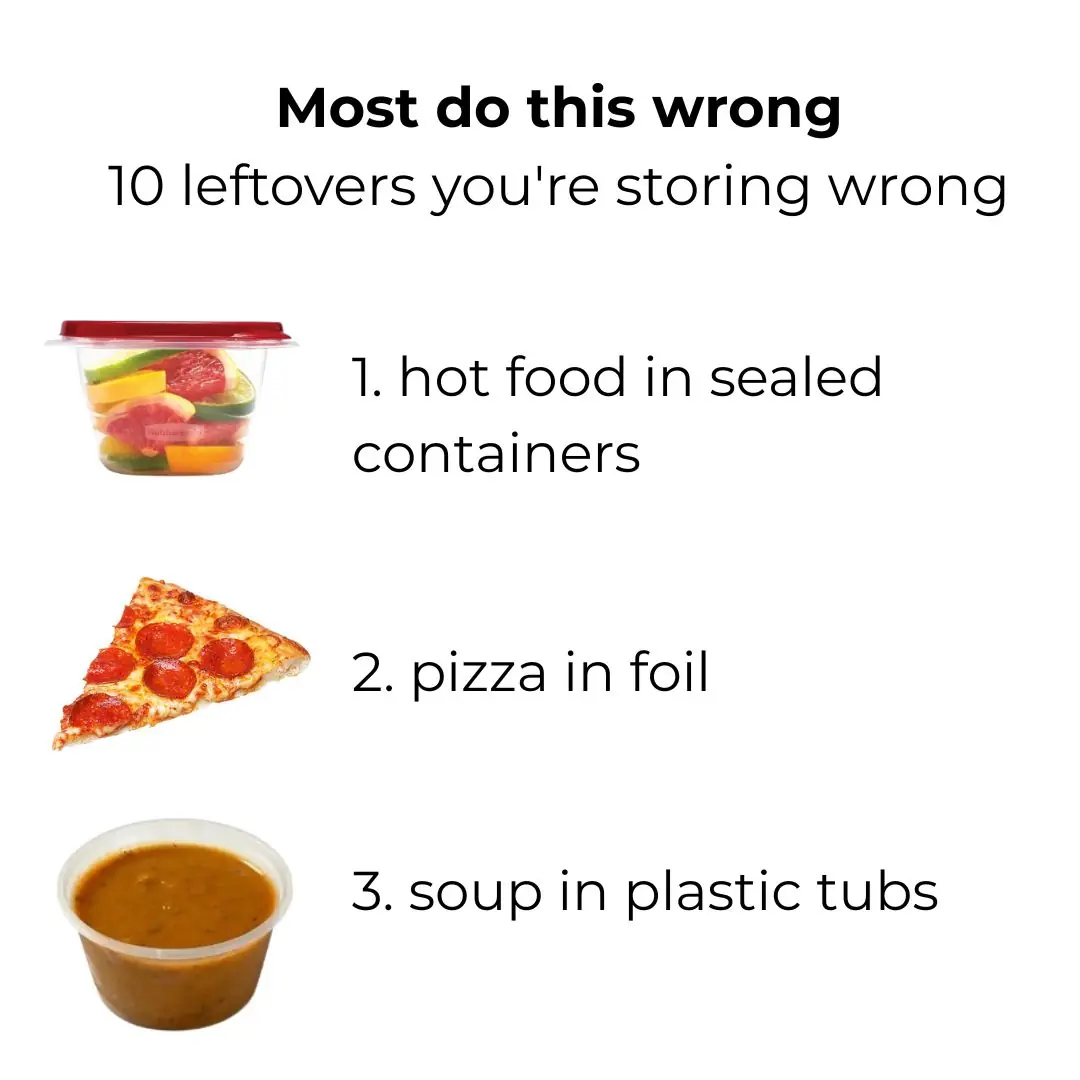
Most do this wrong. 10 leftovers you’re storing wrong
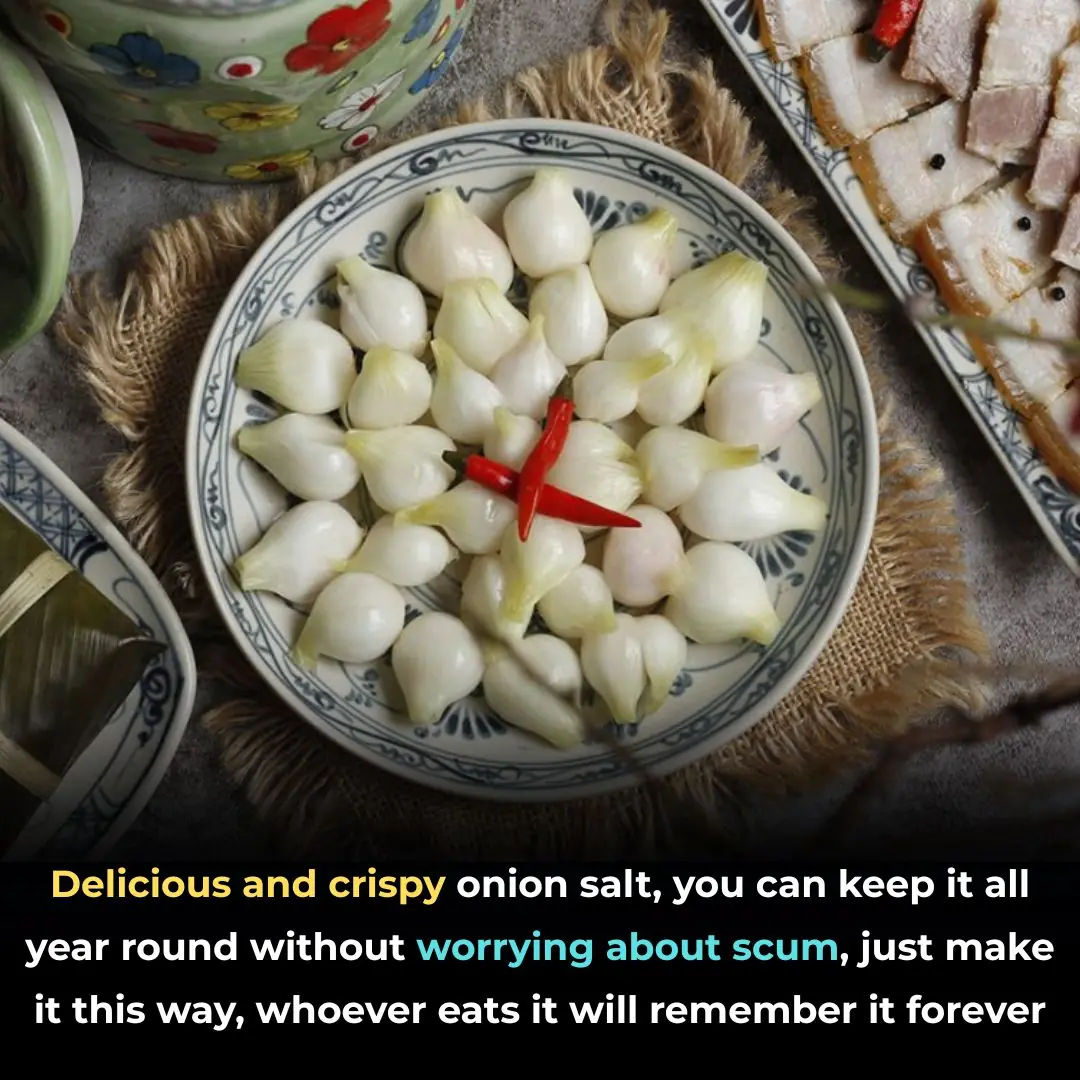
Delicious and crispy onion salt, you can keep it all year round without worrying about scum, just make it this way, whoever eats it will remember it forever

You are doing it all wrong. Here's the right way to store cleaning supplies

My nana taught me this hack to whiten yellow pillows in 5 mins with 0 work. Here’s how it works

If you see this plant, you are sitting on gold and don't even know it.
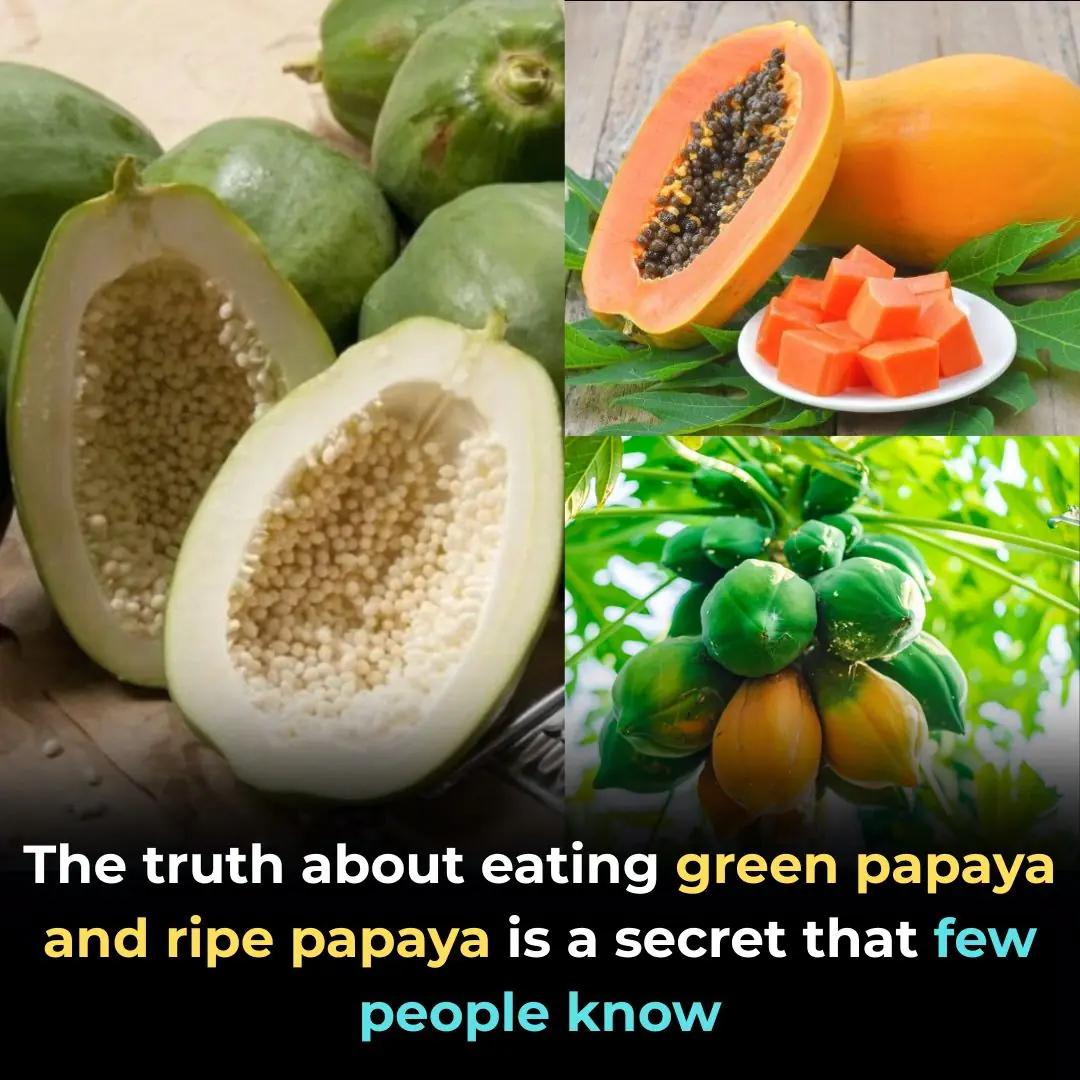
The truth about eating green papaya and ripe papaya is a secret that few people know
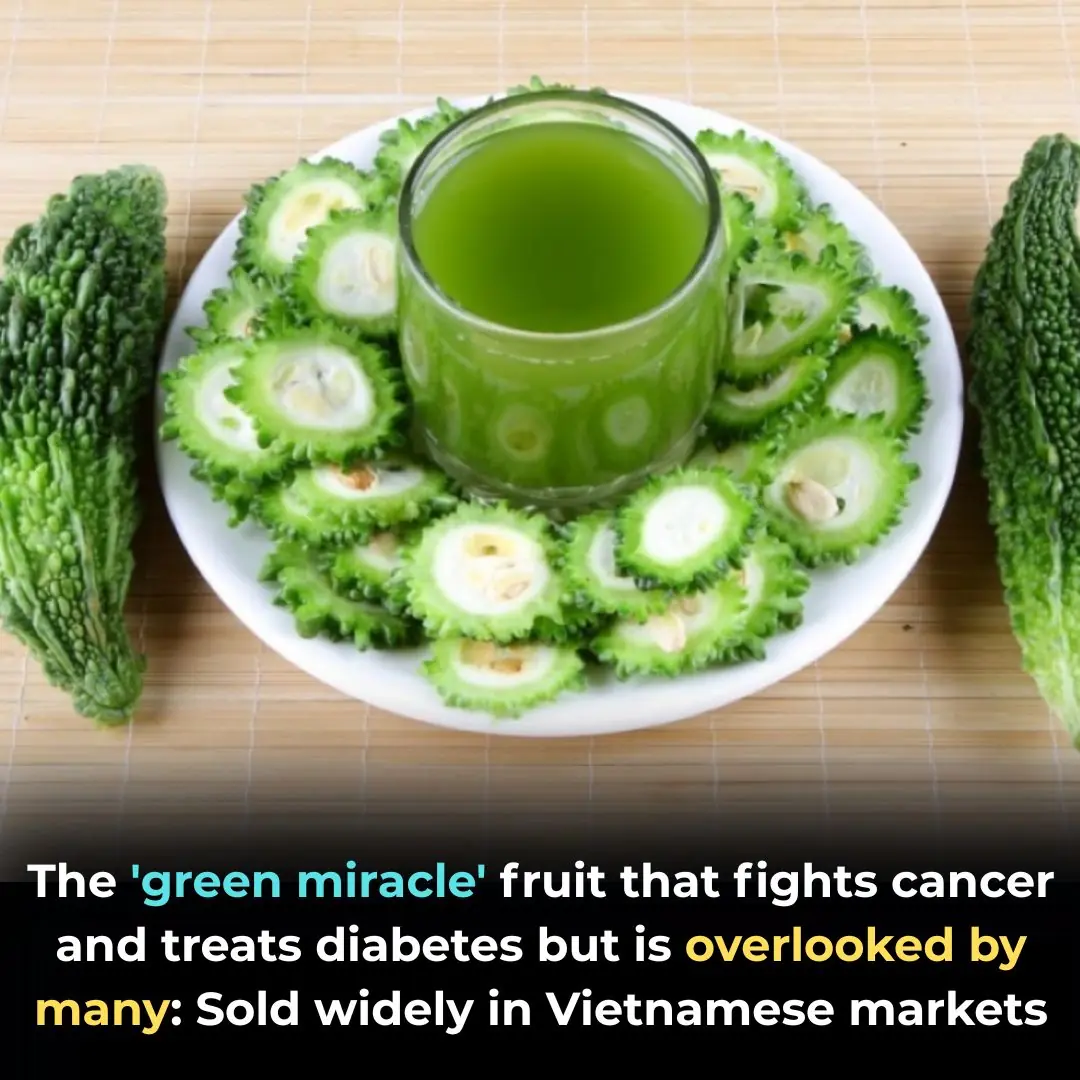
The 'green miracle' fruit that fights cancer and treats diabetes but is overlooked by many: Sold widely in Vietnamese markets

How to wash and condition hair with rice water to reduce hair loss and continuously promote new hair growth
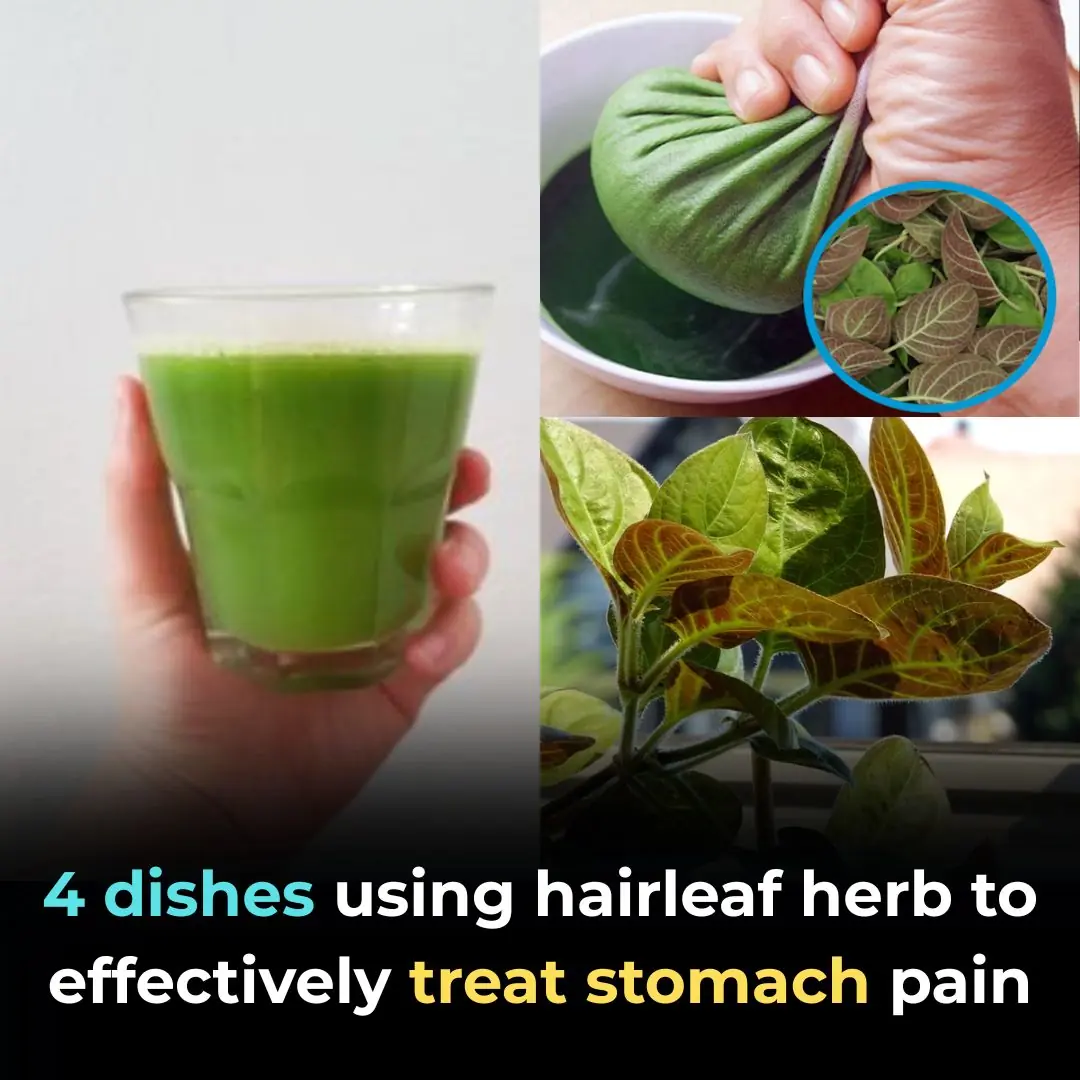
4 dishes using hairleaf herb to effectively treat stomach pain

5 Warning Signs That Could Indicate a Serious Illness — Check Yourself and Your Loved Ones

Drop a Silver Ball into Your Toilet — You’ll Be Amazed at What Happens Next
News Post

The Shoes You Pick Reveal What Kind of Woman You Are

Dead Butt Syndrome Is Real

Stop This Spider From Entering Your Home

Why We Can’t Sleep Without a Blanket Even on Hot Nights

Using Hot Water to Clean a Greasy Pan Sounds Smart — But It’s Actually Doing More Harm Than Good

Why seniors should keep their socks on even at home

Why You Should Sprinkle Salt on Your Gas Stove — The Surprising Cleaning Hack That Works Wonders

10 fridge habits you’re doing wrong

A 3-Year-Old Girl Bit a Thermometer and Swallowed Mercury: A Mother’s Smart Reaction Saved Her Daughter’s Life and Earned the Doctor’s Praise

5 Signs of Kidney Failure That, If Ignored, Could Lead to a Lifetime of Dialysis

Is Cancer Hereditary? Useful Advice to Prevent the Growth of Cancer Cells
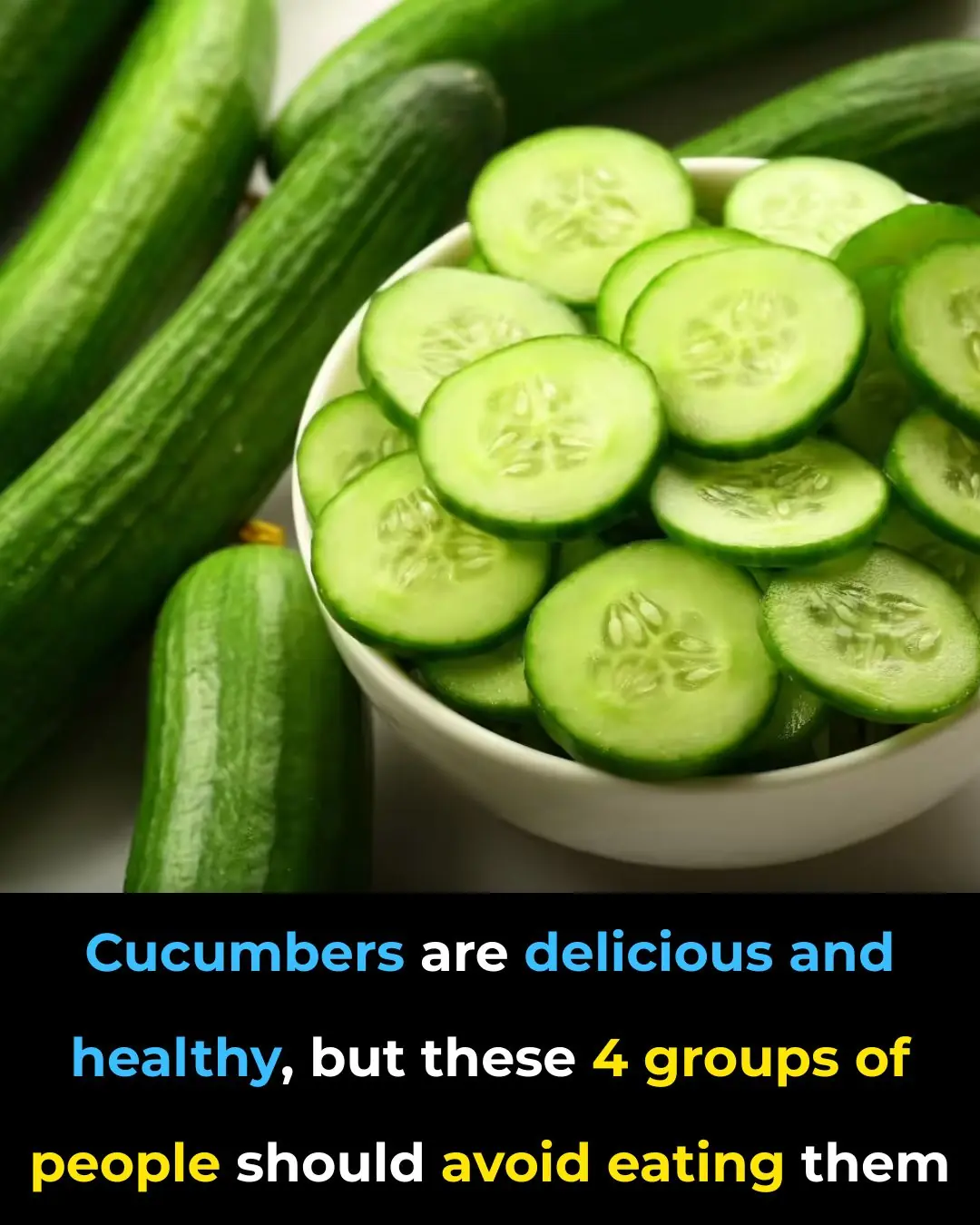
4 types of people who should avoid eating cucumbers

10 Warning Signs It’s Time to Cut Back on Caffeine

Scientists Reveal Interoception, the Amazing Sixth Sense of Humans

Stop throwing out old hoses. Here are 10 brilliant hacks to use them around the house

Shaun Wallace’s heartbreak over tragic family death: ‘I watched him physically degenerate’

EXCLUSIVE: Kerry Katona 'upset' over 'selfish' Katie Price as cracks show in friendship

You’re doing it all wrong. Here’s the right way to clean air vents

Big Brother fans fume ‘she can't get away with this’ as they slam housemate
